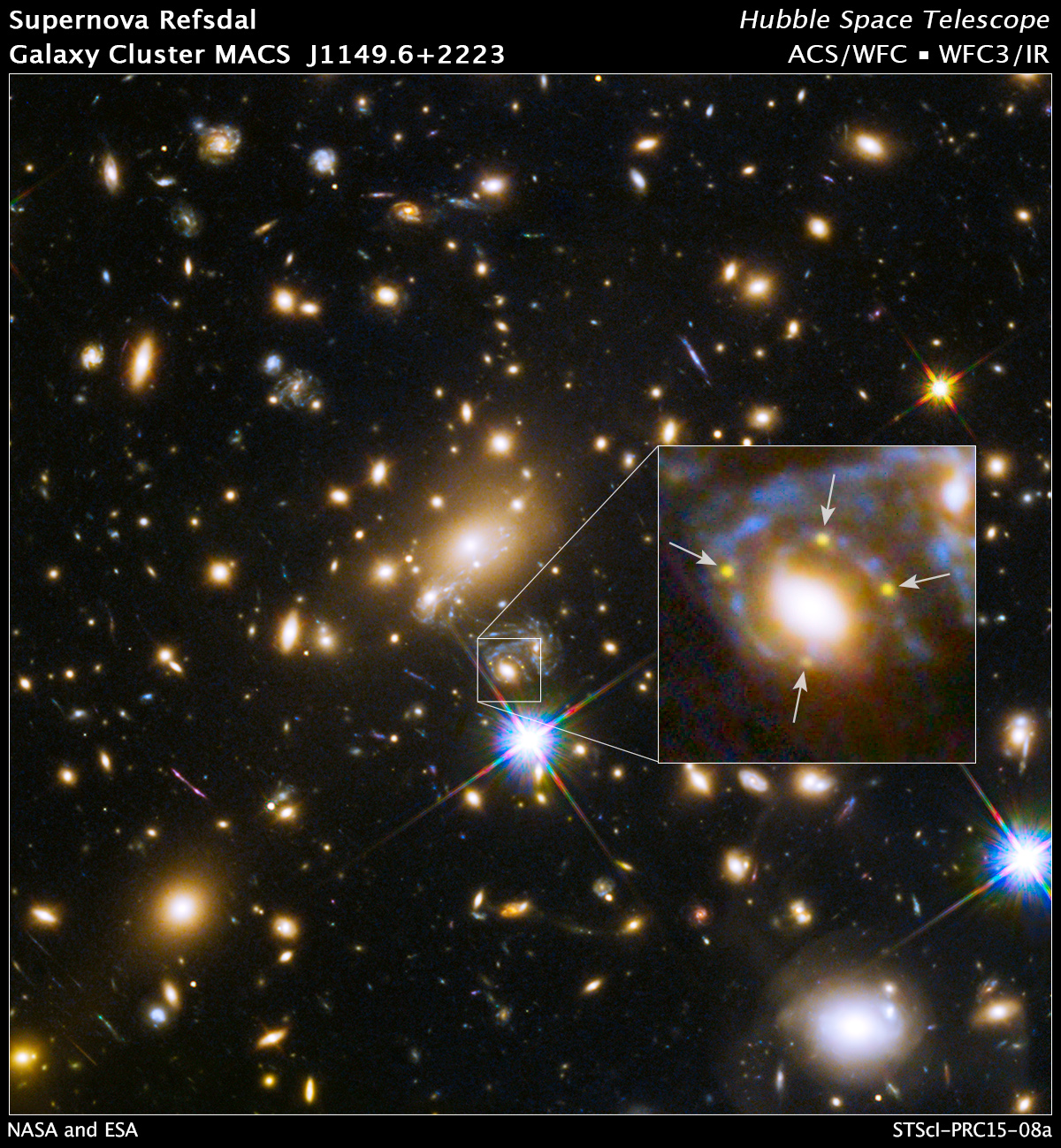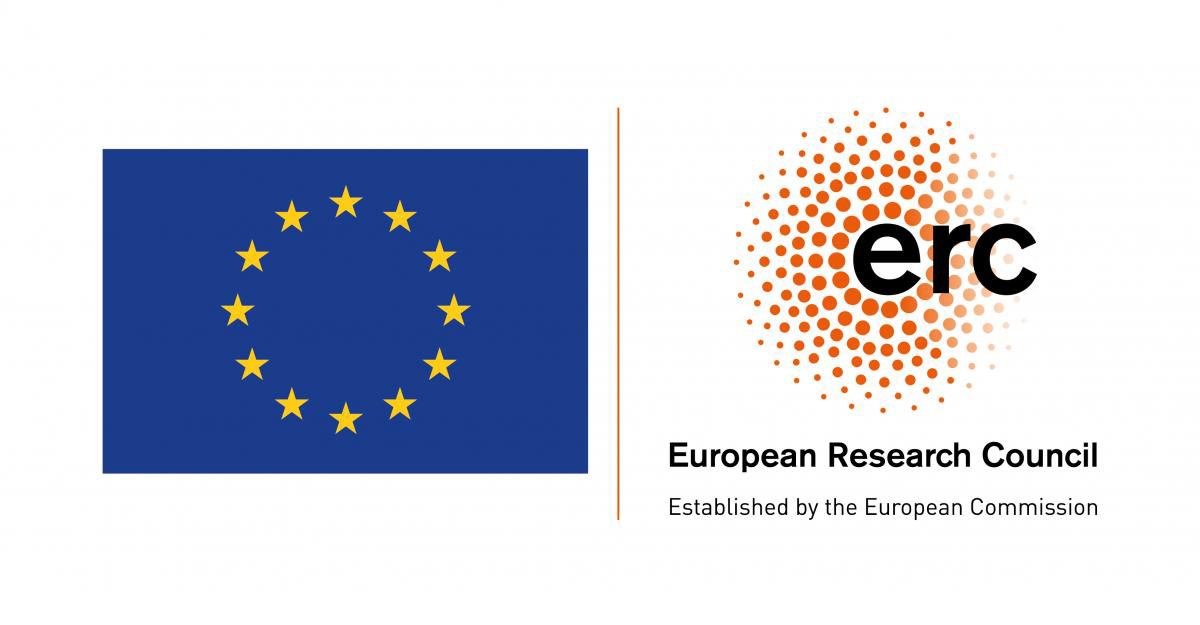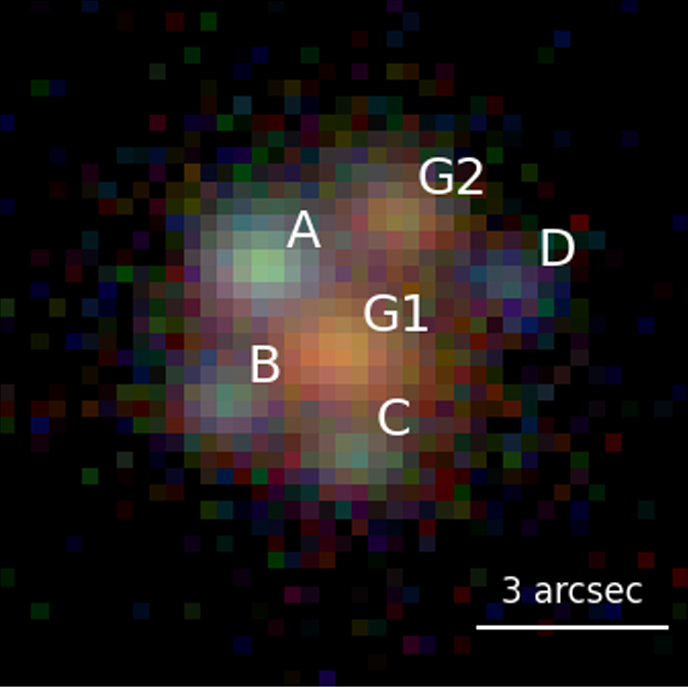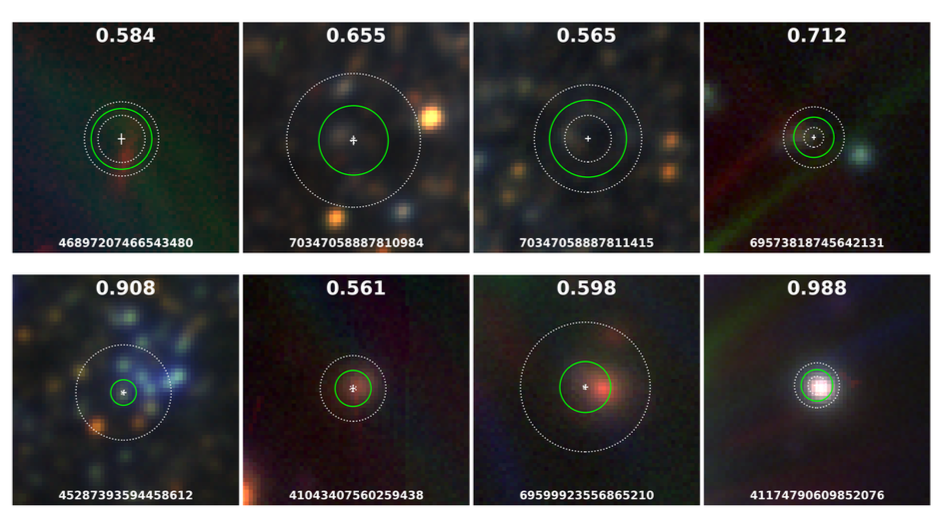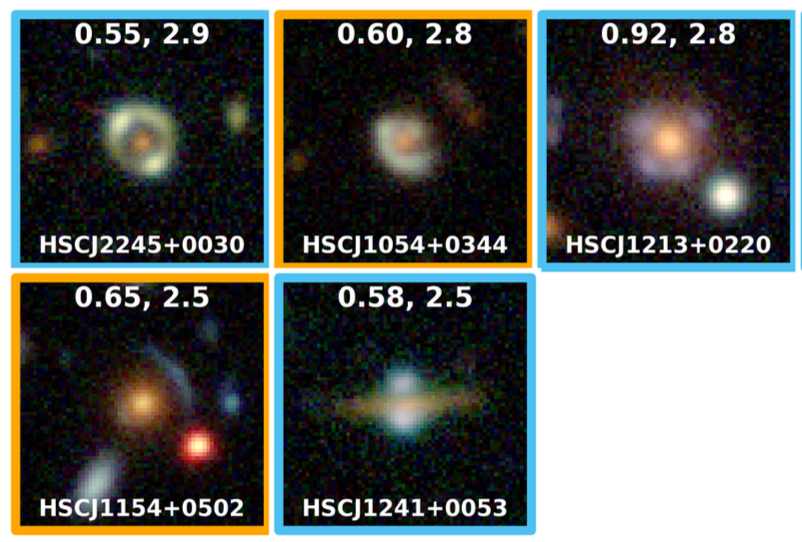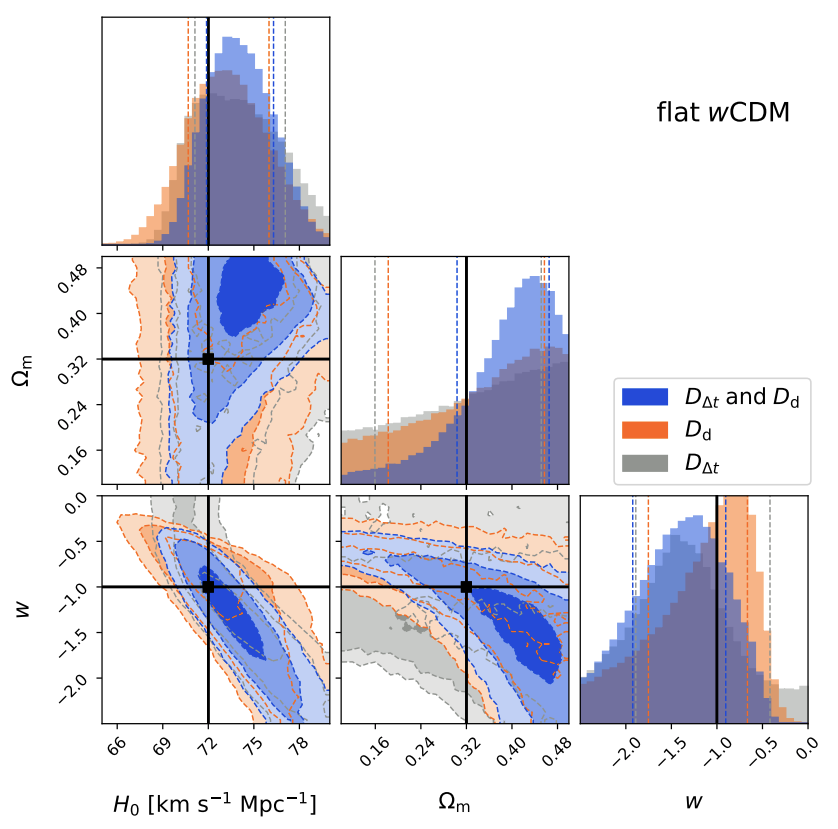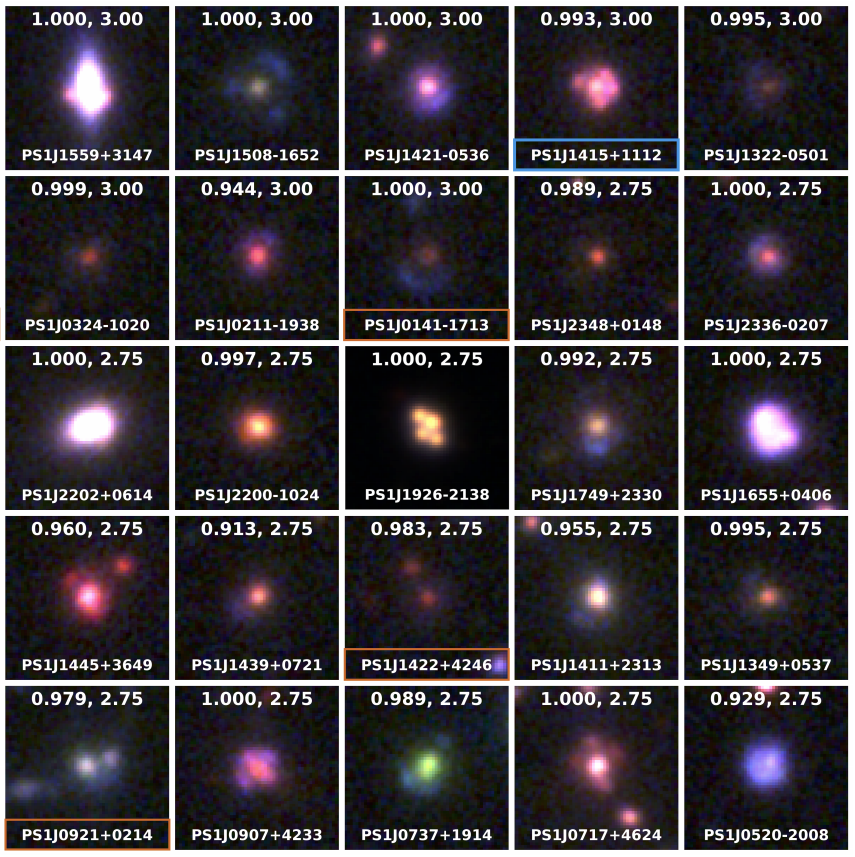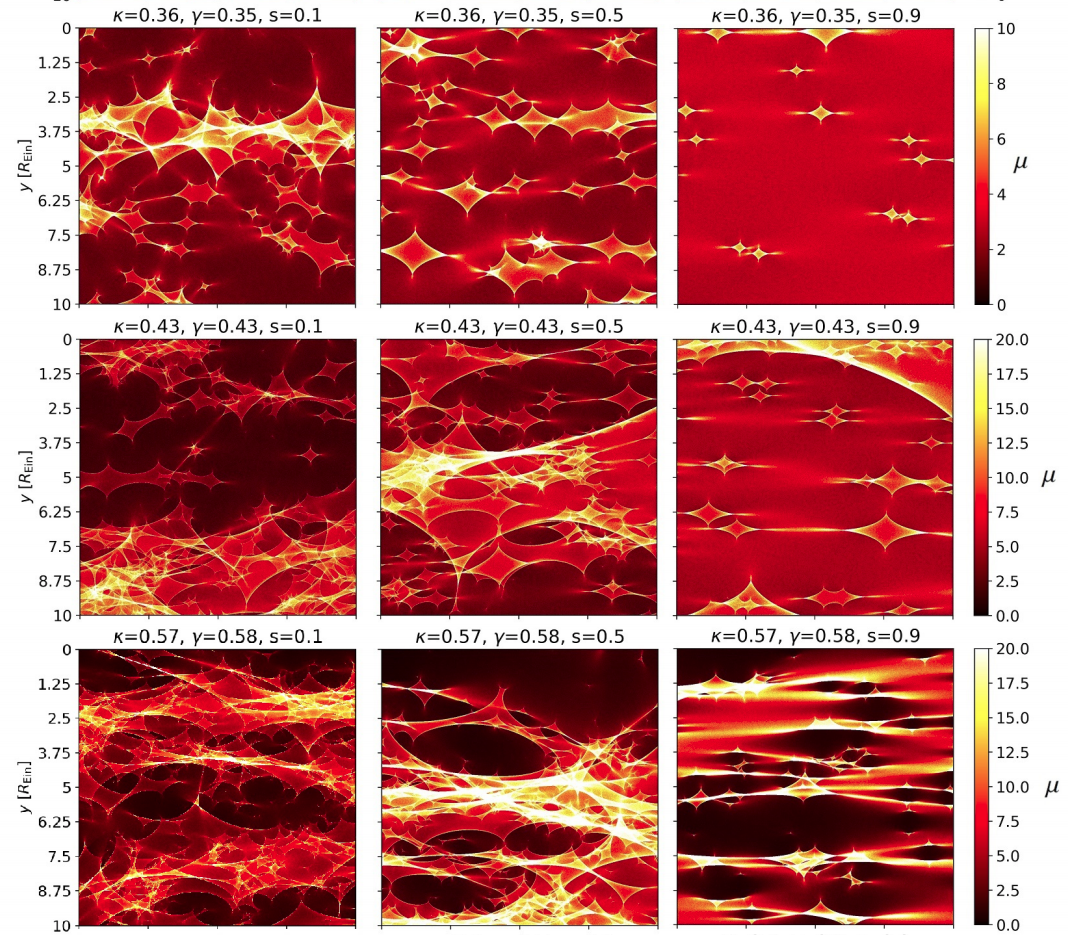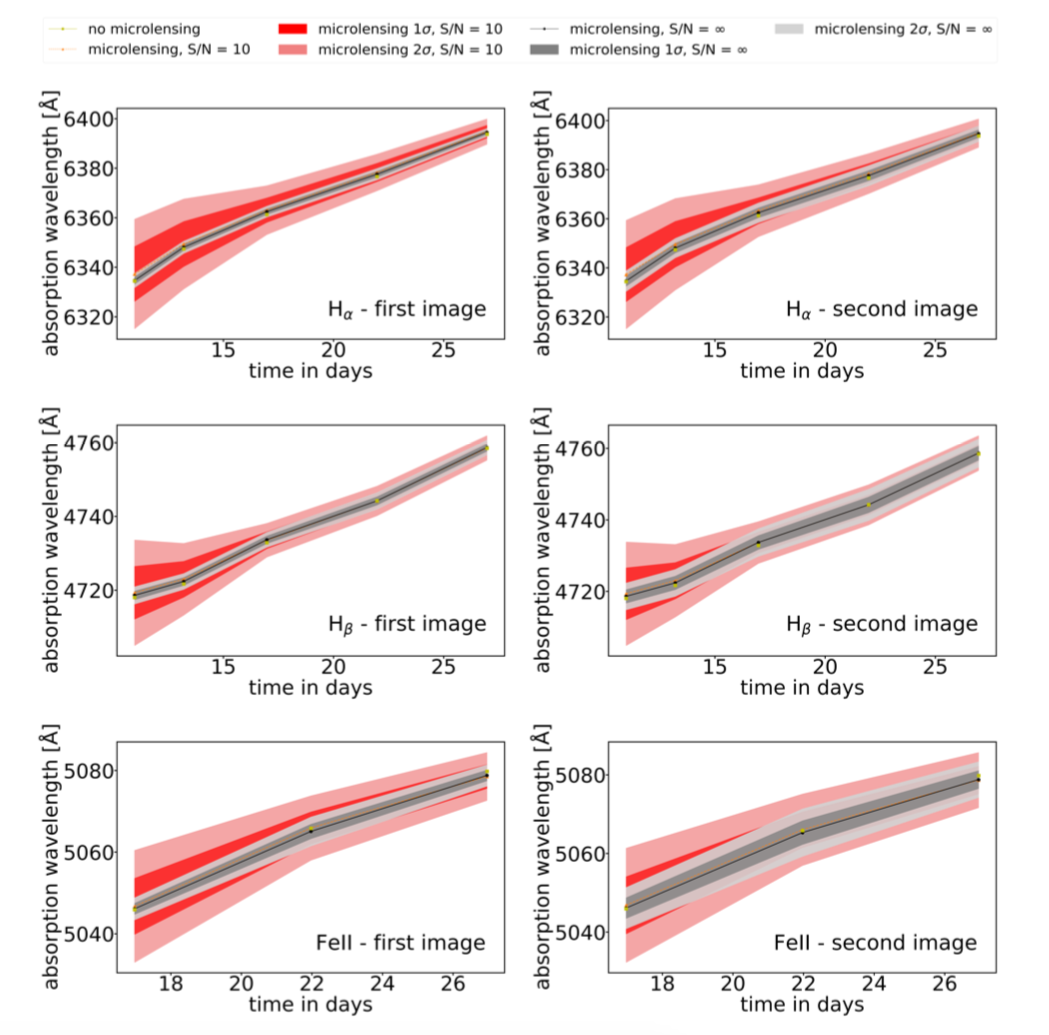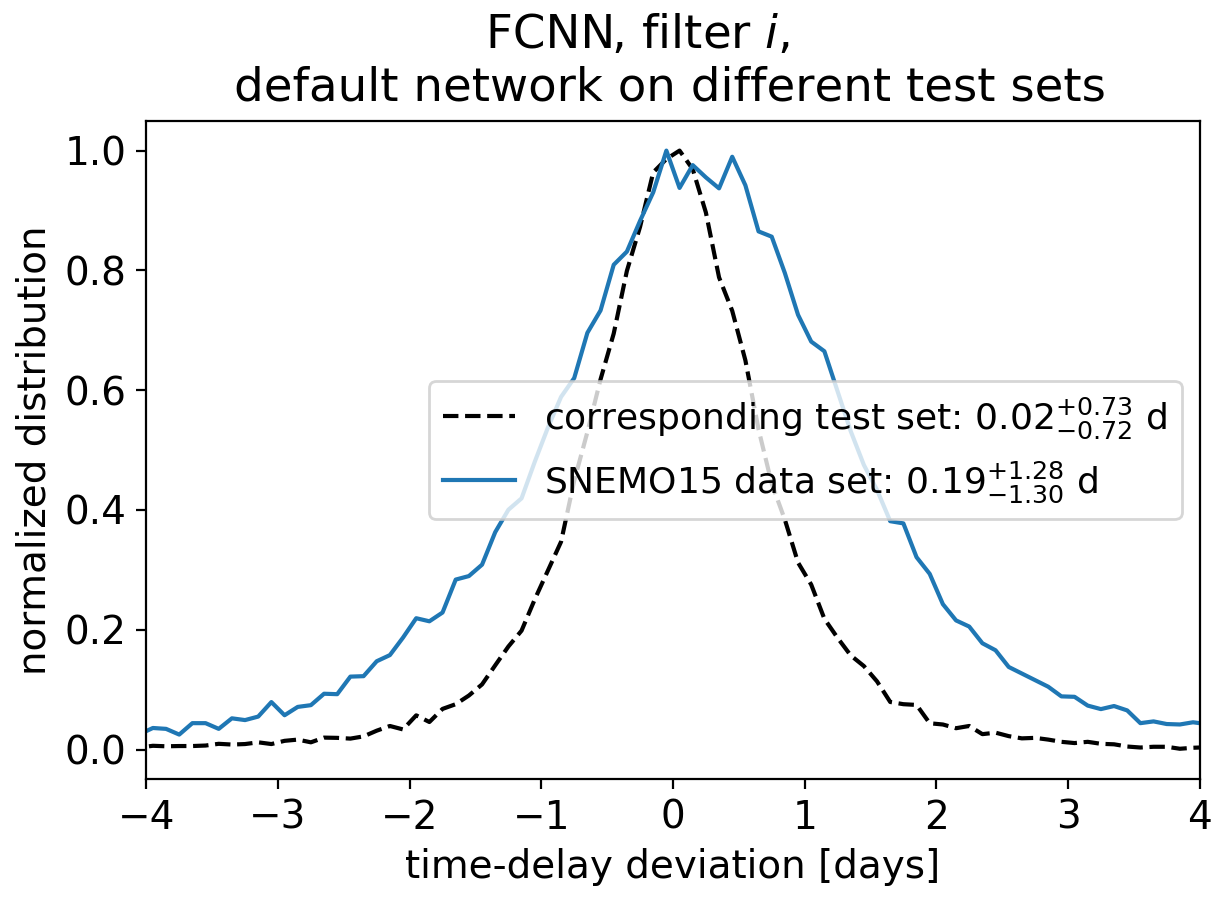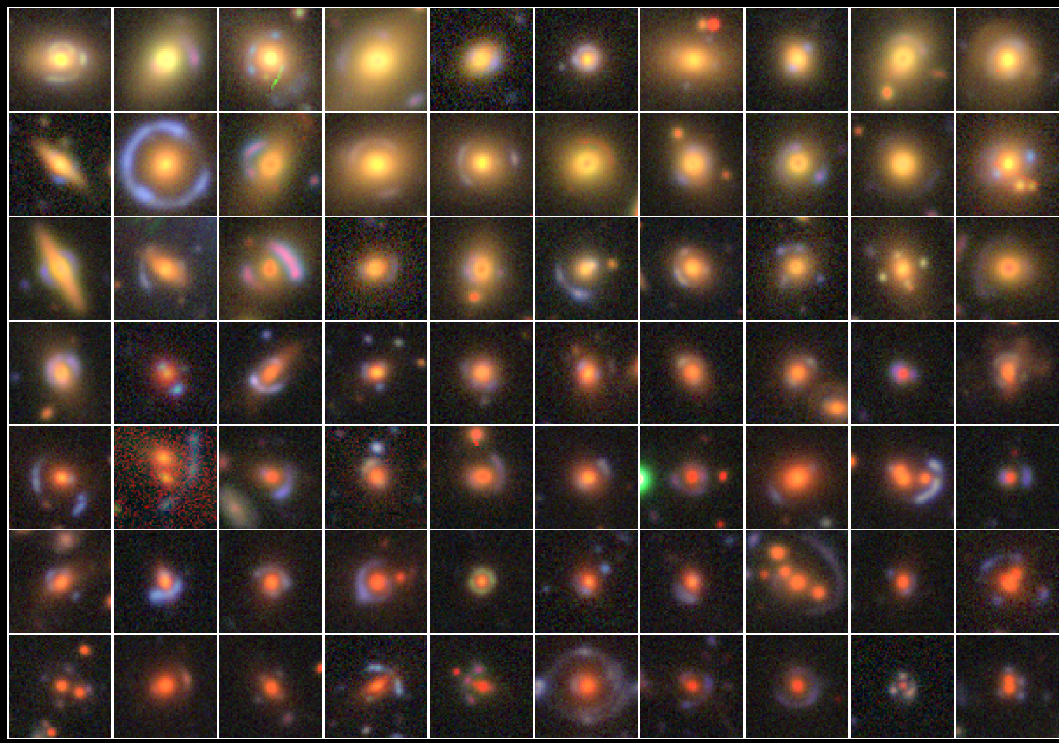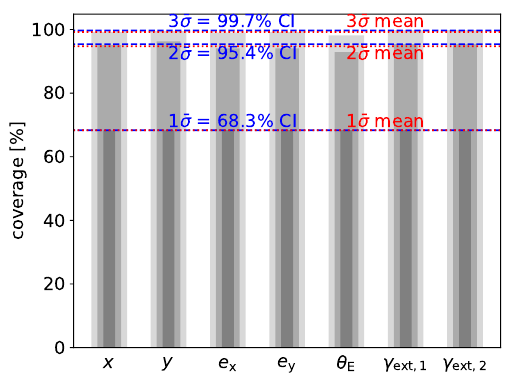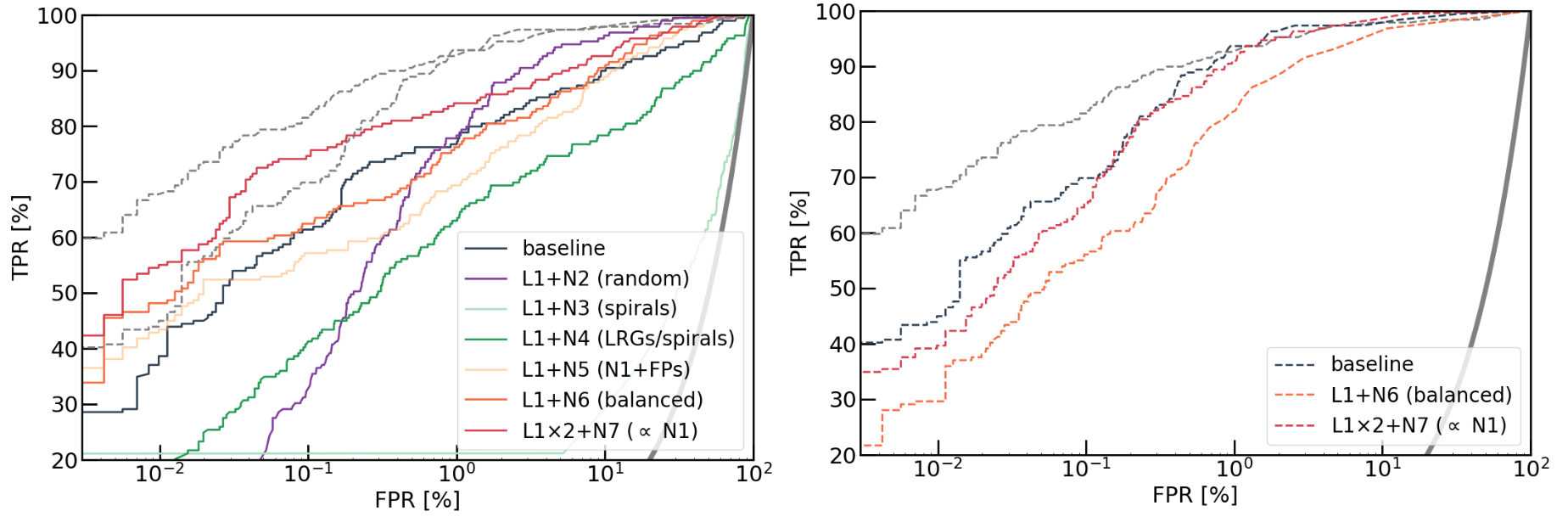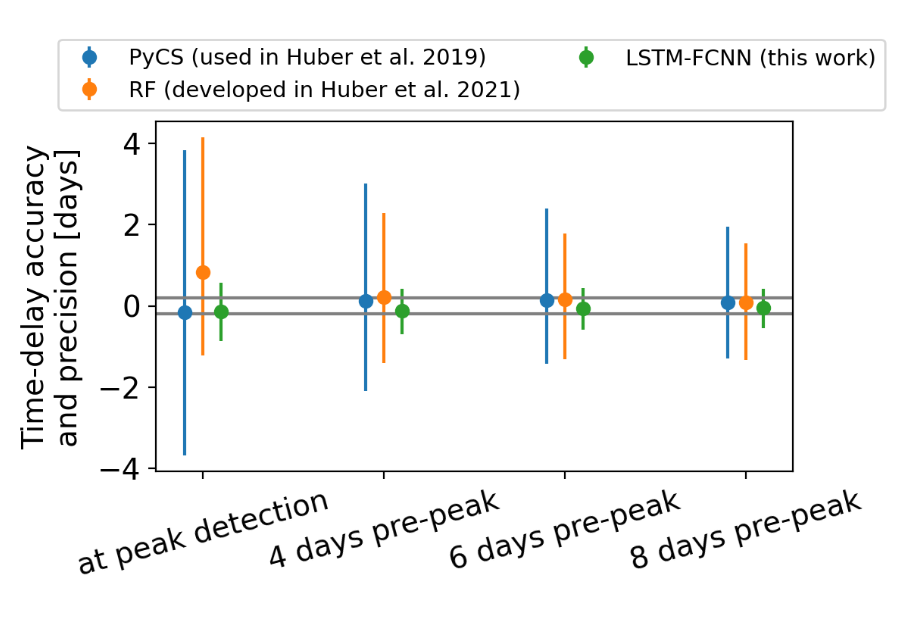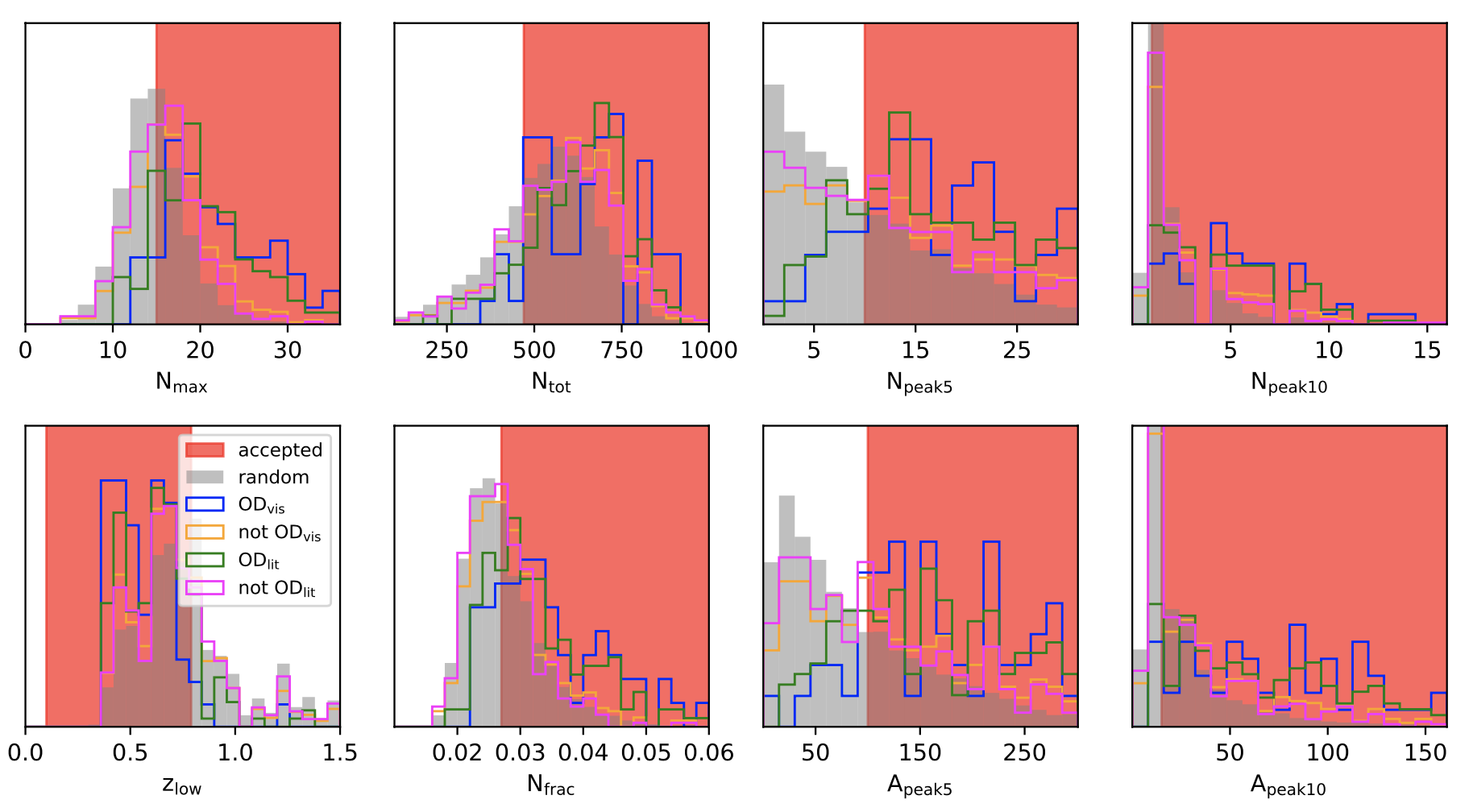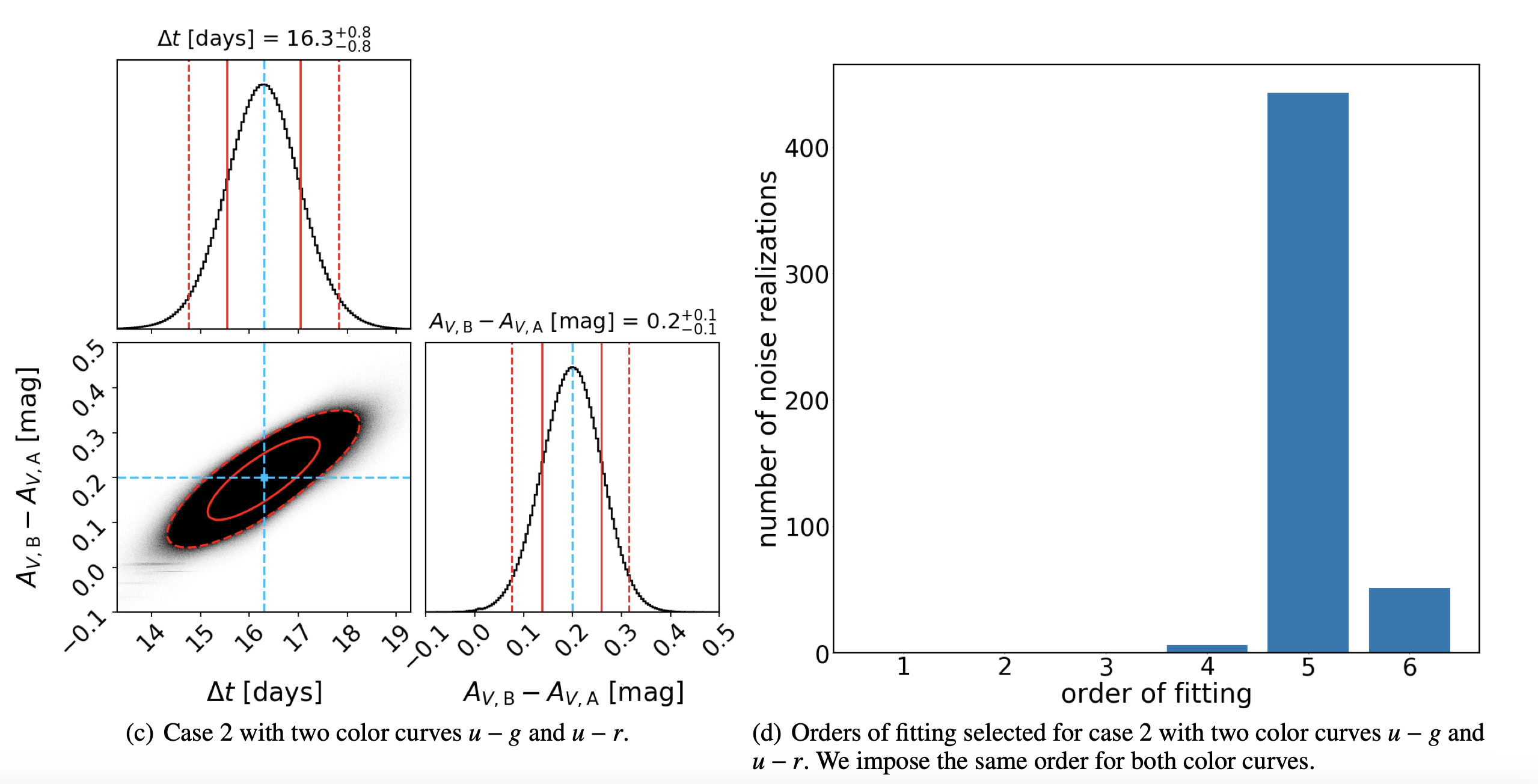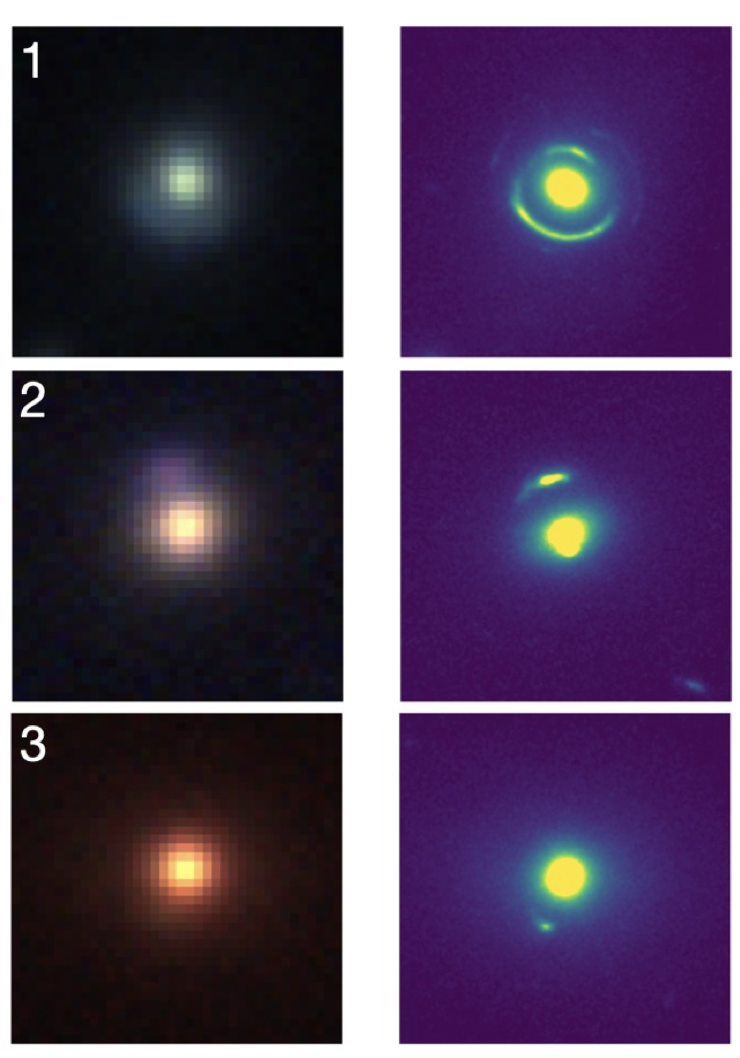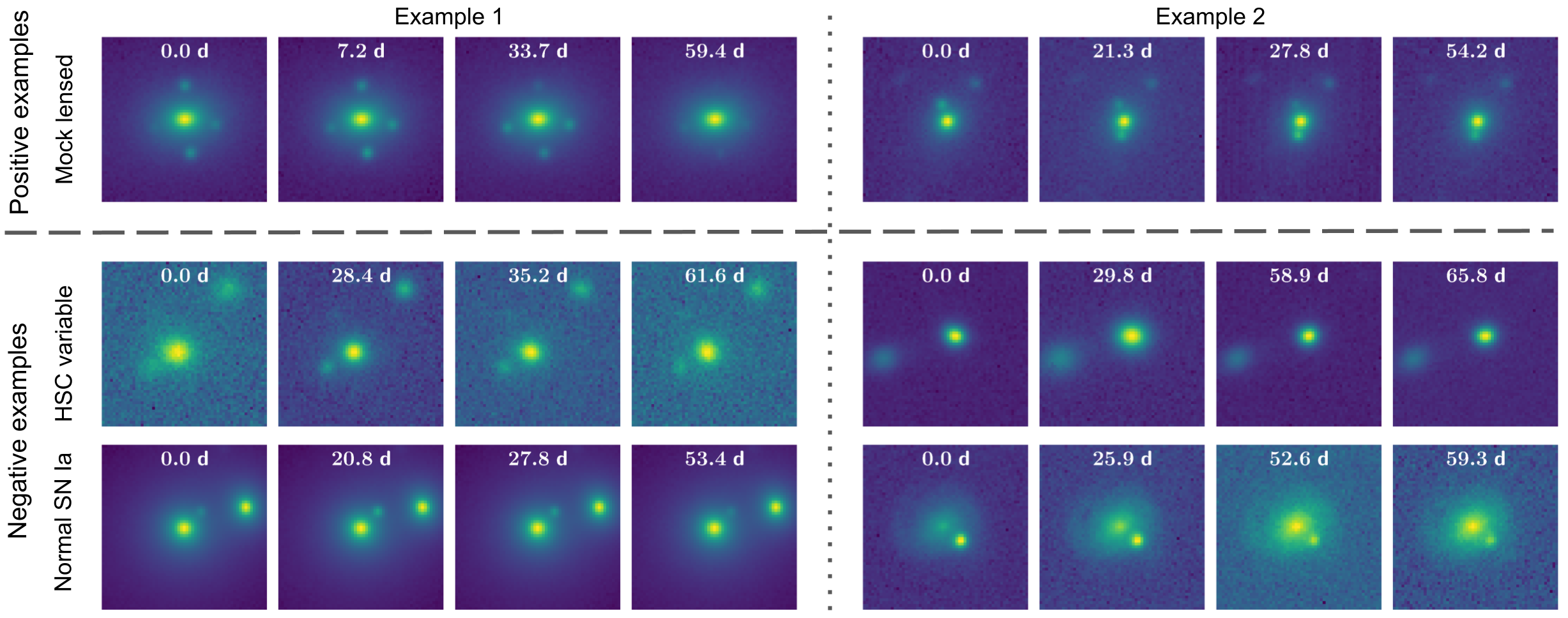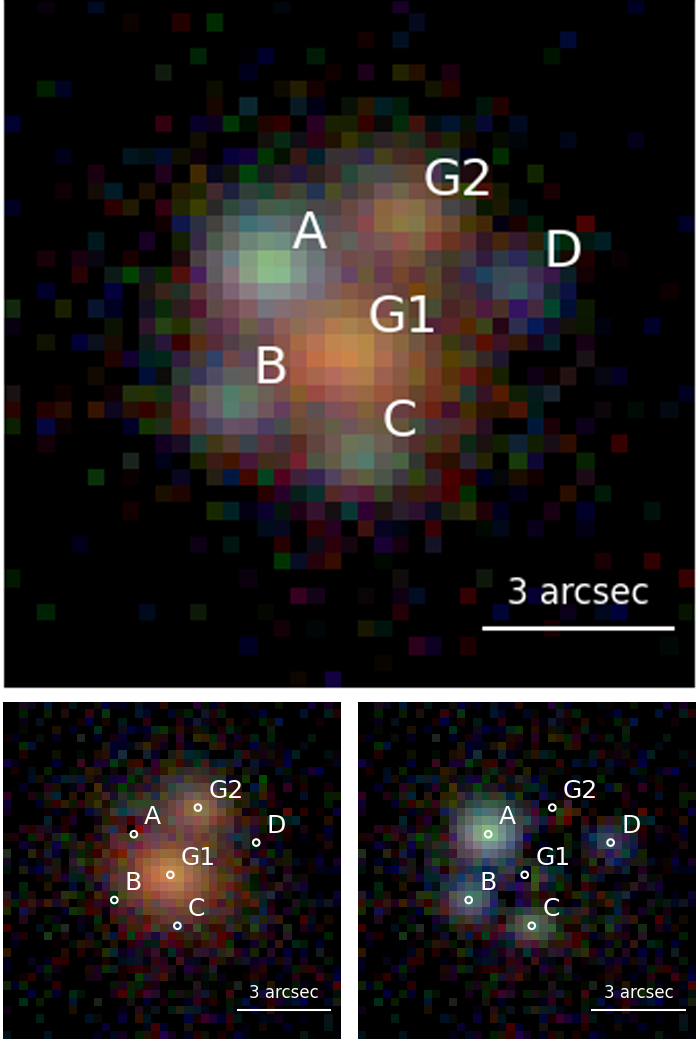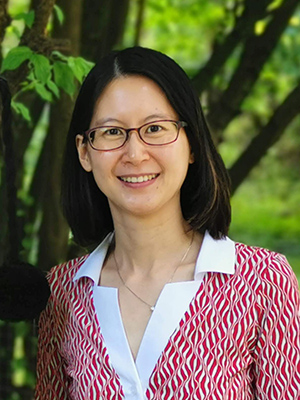HOLISMOKES. I. Highly Optimised Lensing Investigations of Supernovae, Microlensing Objects, and Kinematics of Ellipticals and Spirals
We present the HOLISMOKES programme on strong gravitational lensing of supernovae (SNe) as a probe of SN physics and cosmology. We investigate the effects of microlensing on early-phase SN Ia spectra using four different SN explosion models. We find that distortions of SN Ia spectra due to microlensing are typically negligible within ten rest-frame days after a SN explosion (<1% distortion within the 1σ spread and ≲10% distortion within the 2σ spread). This shows the great prospects of using lensed SNe Ia to obtain intrinsic early-phase SN spectra for deciphering SN Ia progenitors. ...
